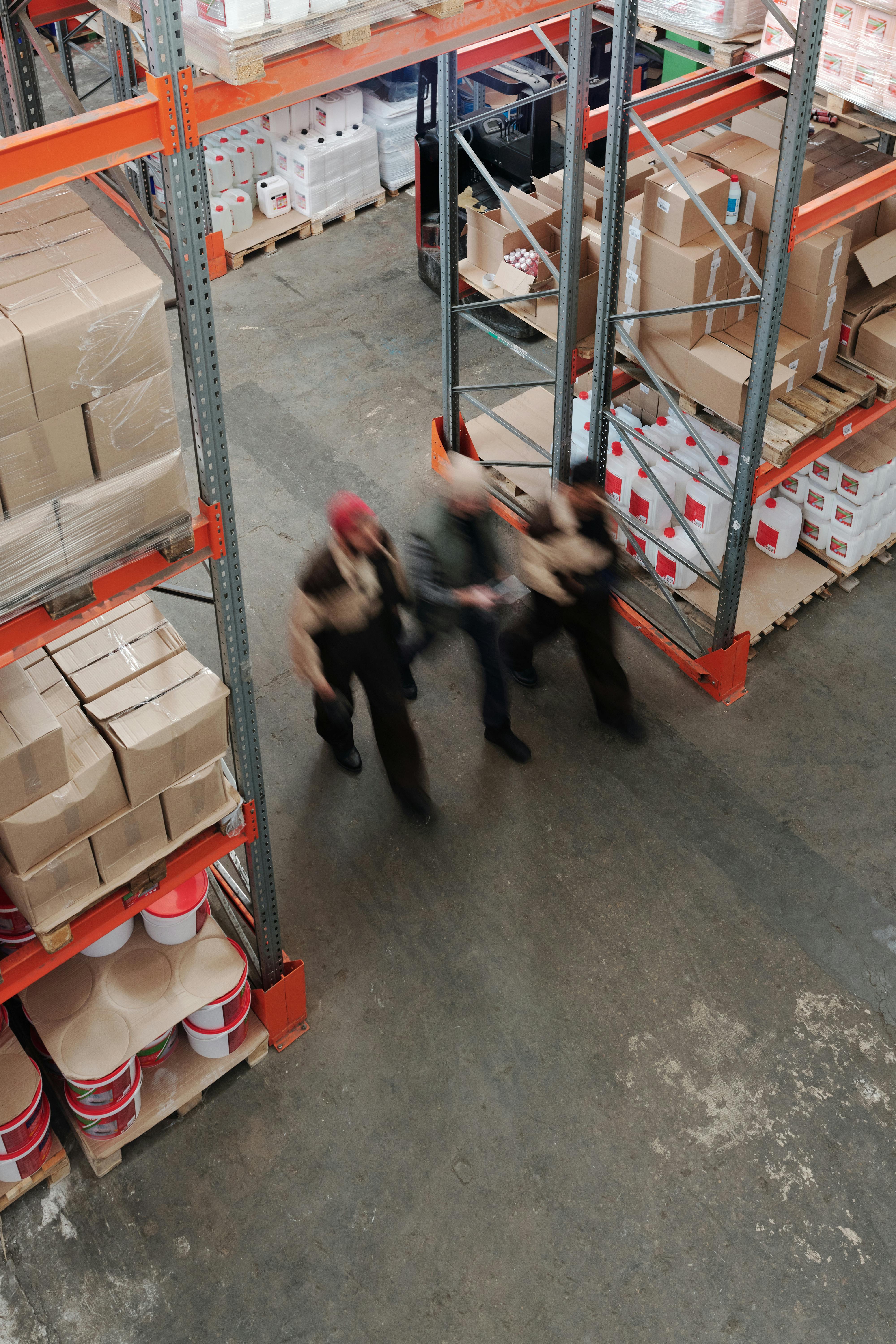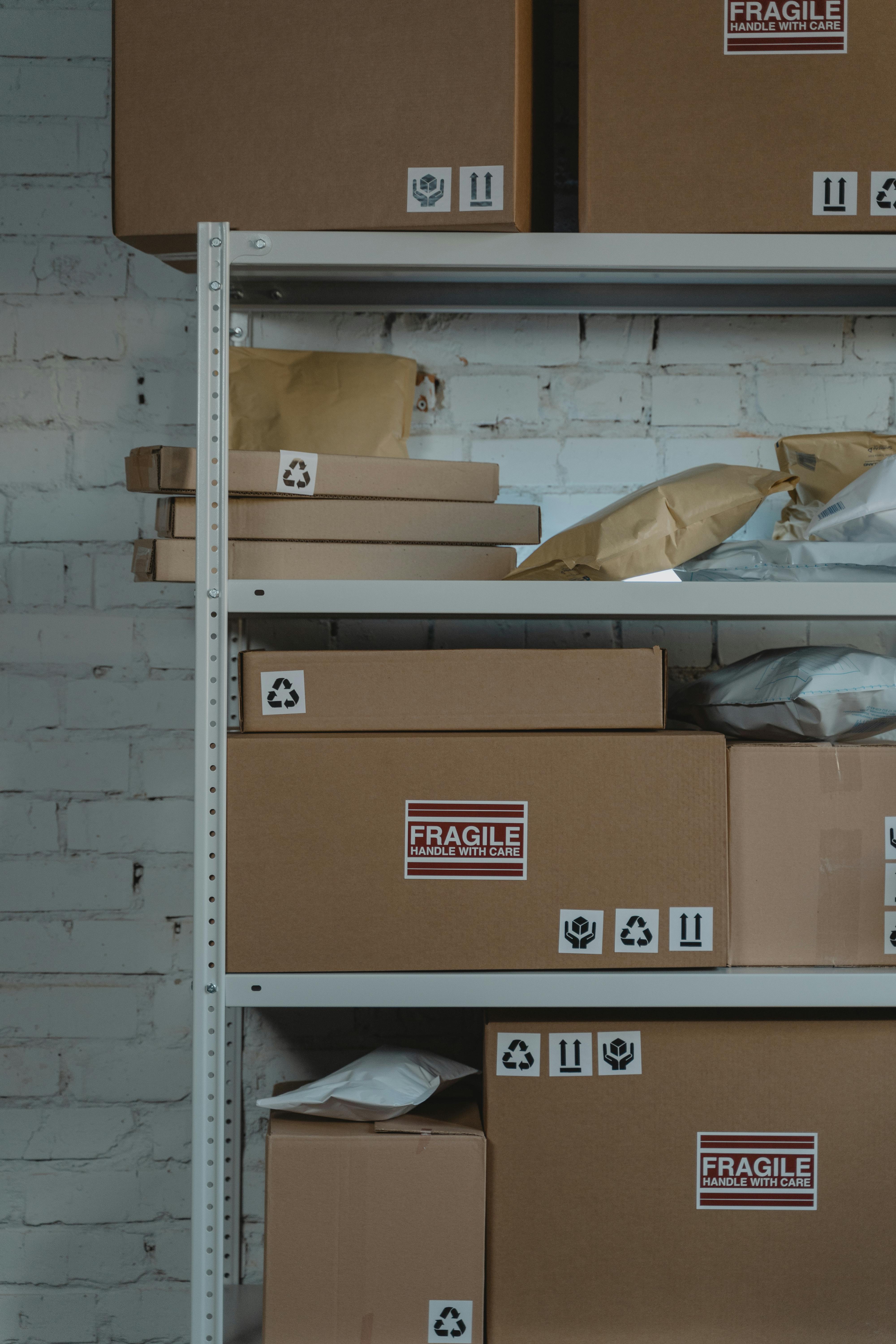Maximizing eCommerce Success: The Ultimate Guide to 3rd Party Inspection
Explore how 3rd party inspections boost eCommerce success by ensuring product quality, compliance, and brand reputation.

Understanding 3rd Party Inspection
Standing out in the competitive arena of eCommerce demands unwavering commitment to quality, achievable through the strategic utilization of 3rd party inspection services. These services provide an objective assessment of products against agreed-upon standards, inherently enhancing product quality and safety prior to reaching the customer. Engaging a 3rd party inspection service means partnering with an entity that operates independently of the supply and demand sides, offering impartial scrutiny to ensure goods meet all quality and regulatory benchmarks before distribution.
For business owners and quality control managers in the eCommerce sector, the ramifications of distributing substandard products extend beyond immediate customer dissatisfaction. They encompass potential legal complications and detrimental impacts on brand reputation. Leveraging 3rd party inspections becomes a strategic imperative, not merely for crisis aversion but as a proactive measure to cement the brand's market position and build enduring customer trust.
Why It’s Crucial for eCommerce
The online ecosystem, where customers place their trust in unseen products, places a heightened emphasis on quality assurance. 3rd party inspections serve as a vital tool in this assurance, providing a safeguard against the introduction of inferior products into the market. The nuanced benefits extend from mitigating customer returns and complaints to fostering a culture of quality that permeates brand identity, ensuring ongoing customer engagement and loyalty.
Types of 3rd Party Inspections
There are several types of 3rd party inspections, each significant at different stages of the production lifecycle:
- Pre-Production Inspection: This occurs before the manufacturing process begins. It focuses on the raw materials, components, and the supplier's ability to fulfill production requirements.
- During Production Inspection: This inspection is conducted while the products are being manufactured. It aims to catch defects early and ensure the production process adheres to the agreed specifications.
- Pre-Shipment Inspection: Likely the most critical, this inspection happens when a significant portion of the order (usually 80% or more) is complete. It checks the quality of the products, packaging, and labeling before shipment.
- Container Loading Inspection: The final opportunity for inspection occurs when goods are being loaded for shipment. This ensures that the correct quantity is shipped and that loading is done correctly to avoid damage during transit.
Incorporating these inspections at strategic production junctures ensures continuous quality oversight, minimizing risks and aligning output with brand standards.
The Role of 3rd Party Inspection in Quality Control
Acting as the cornerstone of eCommerce success, 3rd party inspections validate product excellence and compliance, safeguarding against the distribution of inferior or unsafe products. This thorough validation process not only protects against customer dissatisfaction and potential legal issues but also plays a crucial role in reinforcing the brand’s reputation for quality.
Ensuring Product Quality and Compliance
3rd party inspections meticulously examine products to ensure they meet the required specifications and industry regulations. This rigorous examination process significantly lowers the likelihood of defective or non-compliant products reaching the market, maintaining high customer satisfaction levels and reducing the costs associated with returns and exchanges.
Reducing Risks and Protecting Brand Reputation
By proactively identifying and addressing quality issues before products reach consumers, 3rd party inspections preserve customer trust and the brand's competitive edge. This preventive approach demonstrates a brand's commitment to excellence, enhancing its reputation among consumers and distinguishing it from competitors.
Real-World Success Stories
Numerous eCommerce businesses have reshaped their quality control paradigms through strategic engagement with 3rd party inspections, witnessing reduced customer complaints and bolstered brand loyalty as a result. These success stories underline the transformative potential of integrating 3rd party inspections into quality control processes, offering a path to operational efficiency and market differentiation.
How to Choose the Right 3rd Party Inspection Service
Navigating the plethora of available inspection services demands a thoughtful approach focused on industry expertise, certification and accreditation, technological capabilities, and communication efficacy. By thoroughly vetting potential partners based on these criteria, businesses can establish productive collaborations that align with their quality objectives and operational demands.
Criteria for Selecting a Reliable Partner
- Industry Expertise: Look for an inspection service with a proven track record in your product category. Their familiarity with industry standards and potential pitfalls can be a decisive factor in the effectiveness of their inspection.
- Certification and Accreditation: Ensure the service is accredited by reputable organizations and complies with international quality control standards. This not only legitimizes their operations but also assures their competency in conducting thorough inspections.
- Technological Capabilities: In an era where technology drives efficiency, choose a service that leverages advanced tools and software for inspection processes. This can provide more accurate and faster results.
- Communication Proficiency: Effective communication is critical for a seamless inspection process. The right partner should be able to provide clear, detailed reports and be responsive to your queries and concerns.
Preparing Your Business for an Inspection
Optimizing the benefits of a 3rd party inspection requires meticulous preparation, from detailed product specifications to accessible production sites, ensuring readiness for an efficient and effective inspection process.
Navigating the Challenges of 3rd Party Inspection
Implementing 3rd party inspections involves logistical coordination and cost management, among other challenges. Developing strategies to address these issues is vital for ensuring inspections contribute positively to quality control objectives without undue strain on resources.
Common Obstacles in Implementing 3rd Party Inspections
- Coordination Logistics: Scheduling and logistical arrangements for inspections can be complex, especially for businesses with multiple production sites or international operations.
- Cost Considerations: For small to medium-sized enterprises, the cost of ongoing inspections can be a concern. Balancing the need for quality with budget constraints requires careful planning and negotiation.
Strategies for Addressing Challenges and Mitigating Risks
Leveraging technology, such as digital scheduling platforms, can alleviate coordination difficulties. For cost management, consider starting with critical control points and scaling up as your business grows. Adopting a collaborative approach with your inspection service can lead to more tailored and cost-effective solutions.
The Future of 3rd Party Inspection in eCommerce
The landscape of 3rd party inspection is undergoing transformative changes, driven by technological innovation and shifting market demands. Staying abreast of these trends is indispensable for eCommerce businesses aiming to maintain a competitive edge.
Technological Advances: AI, Machine Learning, and Remote Inspections
The integration of AI and machine learning algorithms is revolutionizing the inspection process, enabling predictive analytics and more precise defect detection. Additionally, remote inspection technologies are breaking geographical barriers, offering real-time monitoring capabilities that enhance transparency and efficiency.
The Rising Importance of Sustainability and Ethical Sourcing
Consumer awareness and demand for sustainably produced goods are prompting a shift in inspection criteria to include environmental and ethical compliance. This presents an opportunity for businesses to differentiate themselves by aligning with these values, thereby attracting a broader customer base.
FAQs: Your Top Questions Answered
This section addresses the most pressing inquiries from eCommerce store owners and quality control managers about 3rd party inspections.
- Q: How often should inspections be conducted? A: The frequency of inspections should be determined by factors such as production volume, product complexity, and historical quality performance. A risk-based approach can help in defining an optimal schedule.
- Q: Can 3rd party inspections guarantee defect-free products? A: While inspections significantly reduce the likelihood of defects, the nature of manufacturing processes means a 100% defect-free guarantee is unrealistic. The goal is to minimize risks to an acceptable level.
By incorporating 3rd party inspections into their quality control strategy, eCommerce businesses can enhance product quality, safeguard their reputation, and ultimately drive customer satisfaction and loyalty. As the landscape evolves, staying informed and adaptable will be key to leveraging these services effectively for sustained success.



